

Understanding Diamond Carat: Everything You Need to Know Before Your Diamond Purchase
VRAI | May 04, 2021
Welcome to our guide to understanding diamond carat, where you’ll learn everything you need to know before your diamond purchase. When it comes to the 4Cs of diamonds — cut, color, clarity, and carat — the latter is perhaps the most well-known “C.” This is because, often, customers believe that the higher the carat, the larger the diamond will be. But it’s important to know that carat is a reference to the diamond’s weight, not its size. One diamond carat is equal to 0.2 grams — roughly the weight of a paperclip.
Carat weight is significant for many reasons. First, it indicates the size of the rough diamond it was cut from - a 2-carat Round Brilliant lab-grown diamond featured in your Solitaire engagement ring, for example, had to have come from a rough diamond that was greater than 2 carats before being cut and polished. Secondly, diamonds at higher carat weights are rarer, whether mined or created, and therefore usually more valuable. And lastly, carat weight plays a role in a diamond’s price. Even going up a few “points” in carat weight (think of points as fractions) can increase the overall price by hundreds of dollars.
Many customers look for diamonds of a larger carat weight because they believe the heavier the carat weight, the better. And although carat weight is important to consider, it is not the only factor that contributes to the price and overall appearance of your VRAI created diamond. Read on to understand more about diamond carats and how to find the perfect weight and size for you!.
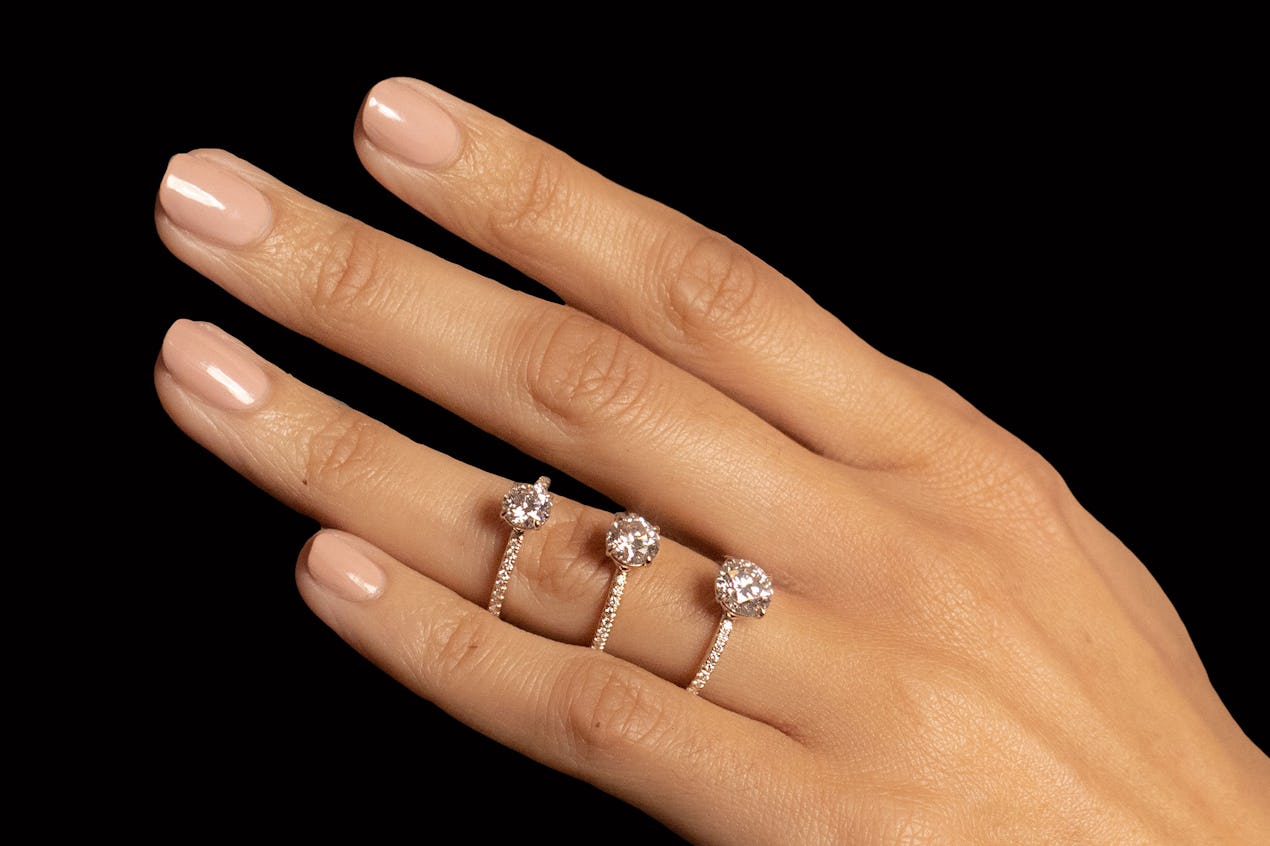
Diamond carat weight & cut
A common misconception regarding carat weight is that bigger is always better. But in reality, a higher carat diamond with a poor cut can appear smaller than a lower carat diamond with a high quality cut. Oftentimes, the difference between .10 carat is indistinguishable to the untrained eye. This means that if you chose a Round Brilliant cut diamond at 1.90, it would be nearly impossible for you to tell it apart from the same 2.00 diamond. But it can make a considerable difference in price (the 1.90 is likely hundreds of dollars less). So instead of focusing on carat solely, take cut into consideration. Choosing a quality cut diamond just below your ideal carat weight can offer added savings.
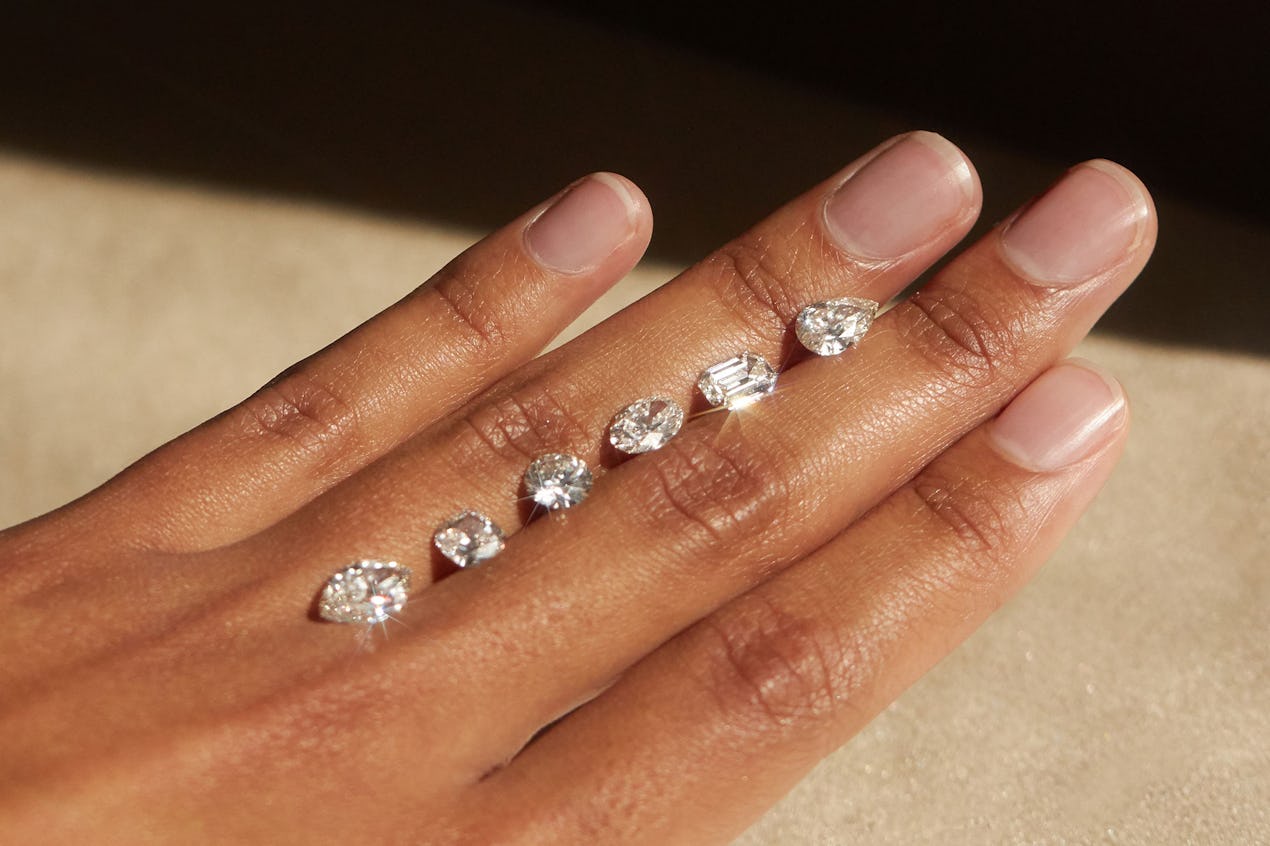
Diamond carat & shape
One important factor in understanding diamond carats is knowing how a diamond shape can affect the overall appearance of a diamond’s size. Carat weight can look different from diamond to diamond and shape to shape. And while carat and size aren’t interchangeable, they are definitely related. Size, measured in millimeters, can make diamonds of equal carat weight look very different. If greater weight is on the top, or table of the diamond, it can appear larger; if the weight is heavier at the bottom, it can appear smaller.
With perfect proportion and symmetry, the Round Brilliant diamond is truest to its carat size. But other unique shapes with elongated tables, like the Emerald, Oval, Pear, and Marquise appear larger than a Round Brilliant of the same carat weight. With slightly larger tables, Cushion and Trillion shapes also maximize carat weight.
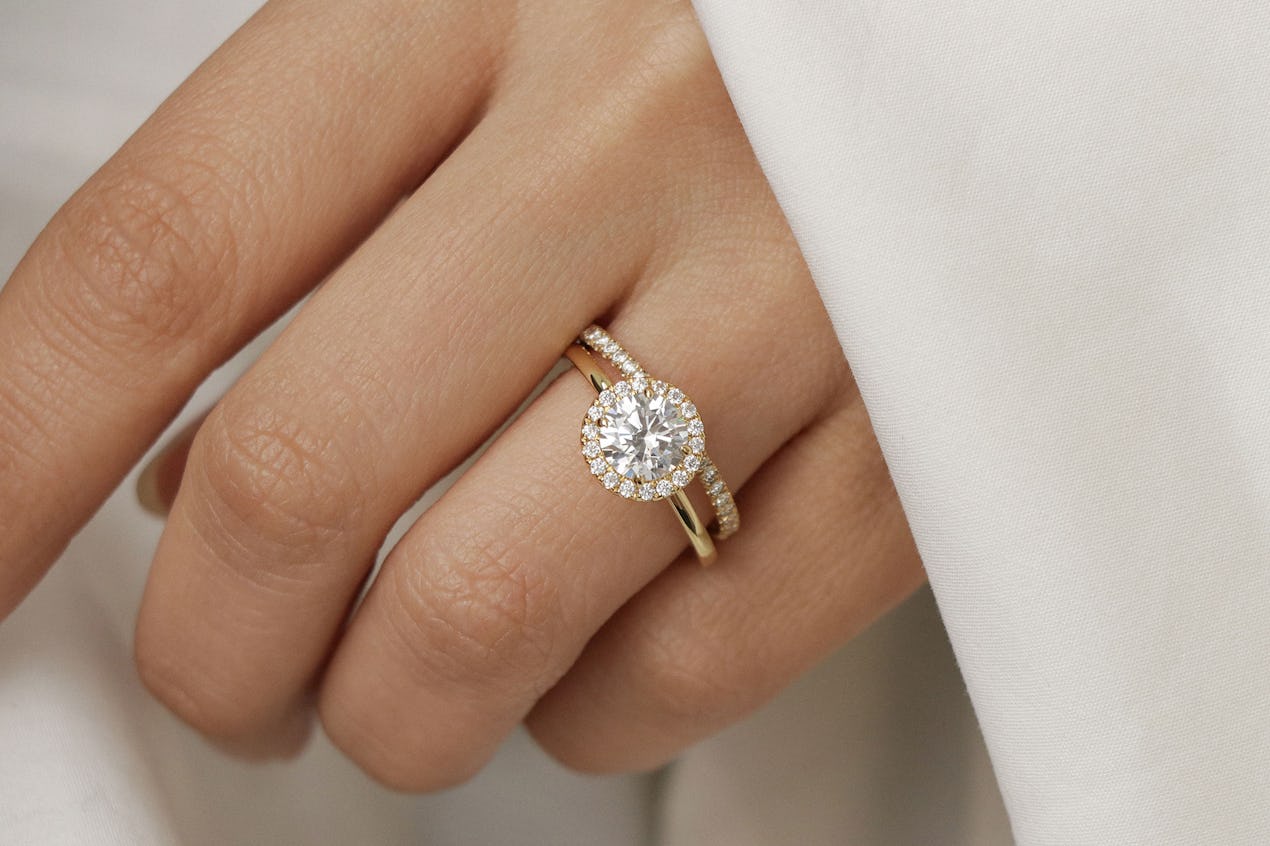
Diamond carat weight & setting
The setting a diamond is featured in can also enhance the appearance of its carat weight. In a Halo setting or a Hidden Halo setting, for example, smaller, hand-set, pavé diamonds surround the perimeter of the center stone. This extra fire and brilliance gives the impression of a larger center diamond while also increasing the total carat weight of the engagement ring. There is also the Three Stone setting to take into consideration. The row of three diamonds (of the same or different shapes) create a striking display, while not necessarily featuring diamonds at a higher carat weight. And VRAI’s Three Stone settings come with either ¼ or ½ ct side stones, meaning you choose the carat weight that feels best for you.
Explore our engagement ring settings to find the one meant for you!
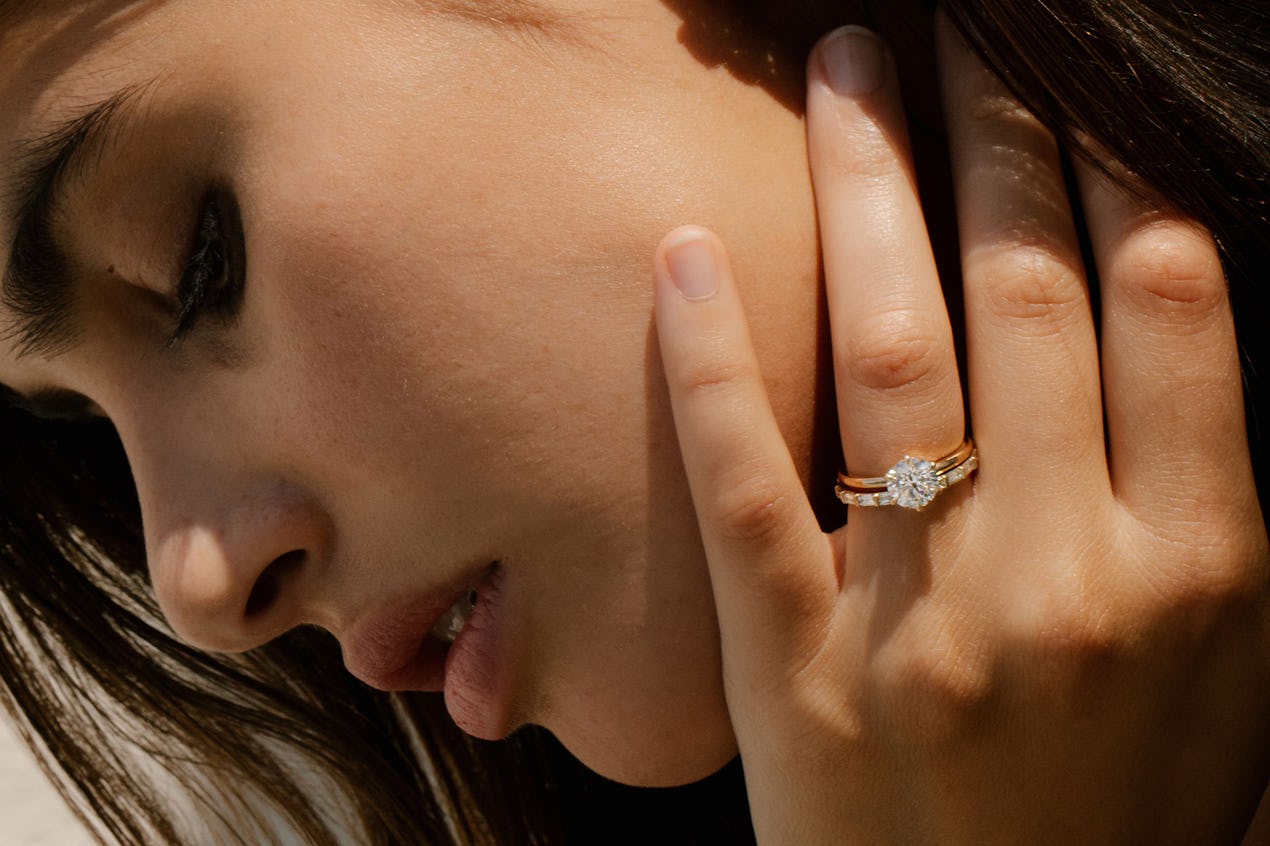
Diamond carat weight & band
The band size the diamond is set against also plays into its proportions. Selecting a thin band can make a smaller diamond appear larger in contrast. Ring size will also make a difference in the appearance of a diamond’s carat weight. The same carat weight diamond can look larger or smaller depending on the finger it sits on. And, of course, the added brilliance of pavé diamonds in your band can enhance the brilliance of your center diamond. VRAI engagement rings are available in platinum, yellow, white, or rose gold, so explore your options and discover which one works best with the diamond of your preferred carat weight. And don’t forget to consider wedding bands as well.
Diamond Carat & Price
Fractions of a carat are referred to as "points.” A 50-point diamond weighs 0.5 carats or 1/2 carat, while a 1-carat diamond weighs 100 points, and so on. The difference between these points, as we have already mentioned, changes the overall price of a diamond. Our cutting-edge technology, developed over years of research and development, allows us to sustainably create diamonds from less than a carat to more than 5 carats. Since even a fraction of a carat can significantly alter its value, most of our diamonds are rounded to the hundredth of a carat. Because we are part of the entire journey, from diamond creation to final touches in an engagement ring or piece of fine jewelry, the cost of a VRAI created diamond is free from middlemen markups. This means that you can often buy a diamond of greater carat weight for less.
VRAI’s Diamond Carat Promises
No matter the final carat weight, all of our diamonds sustainably grown by VRAI are cut to maximize brilliance. For more information on the carat weight that’s right for you, we invite you to speak with a diamond specialist.
And because we forever guarantee the value of your VRAI created diamond, we offer a Diamond Upgrade program with every engagement ring purchase.
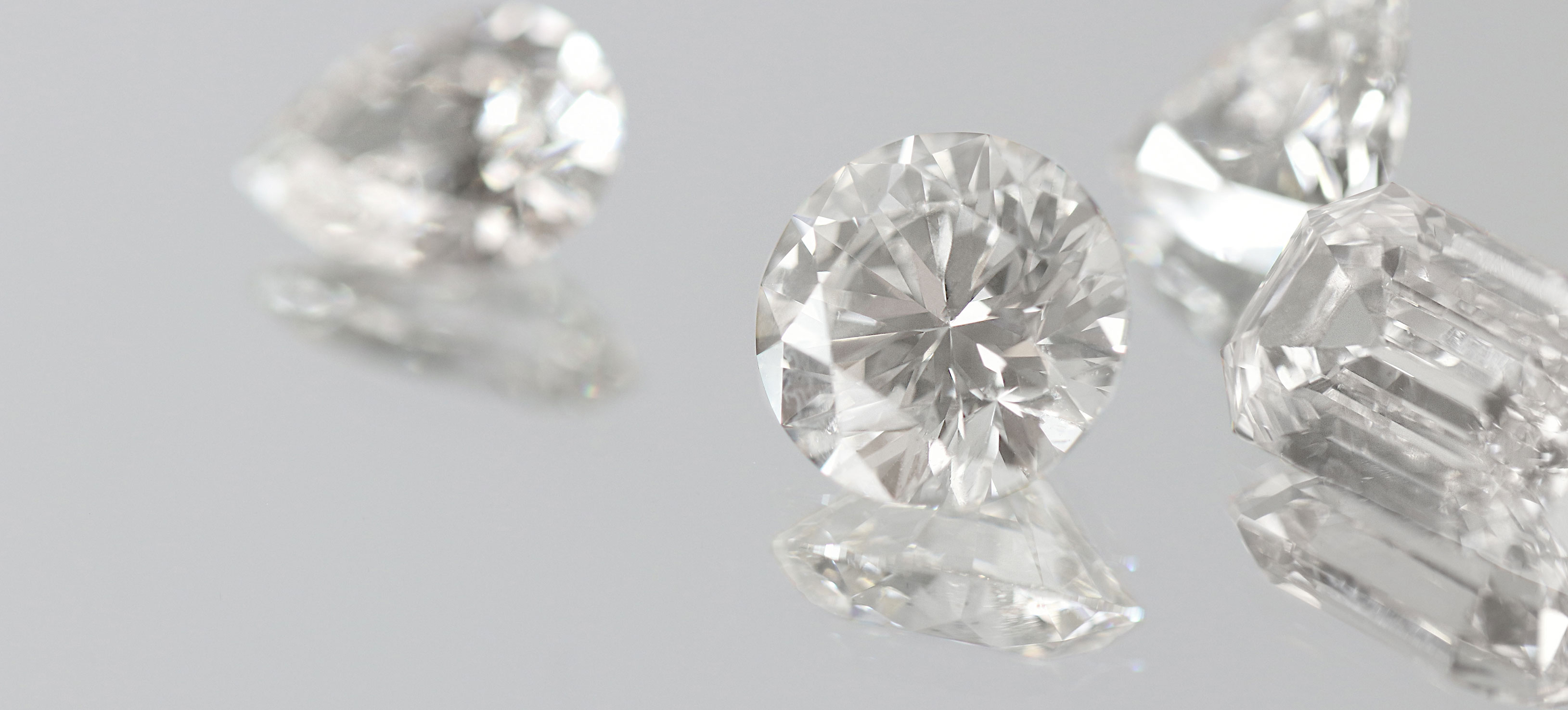
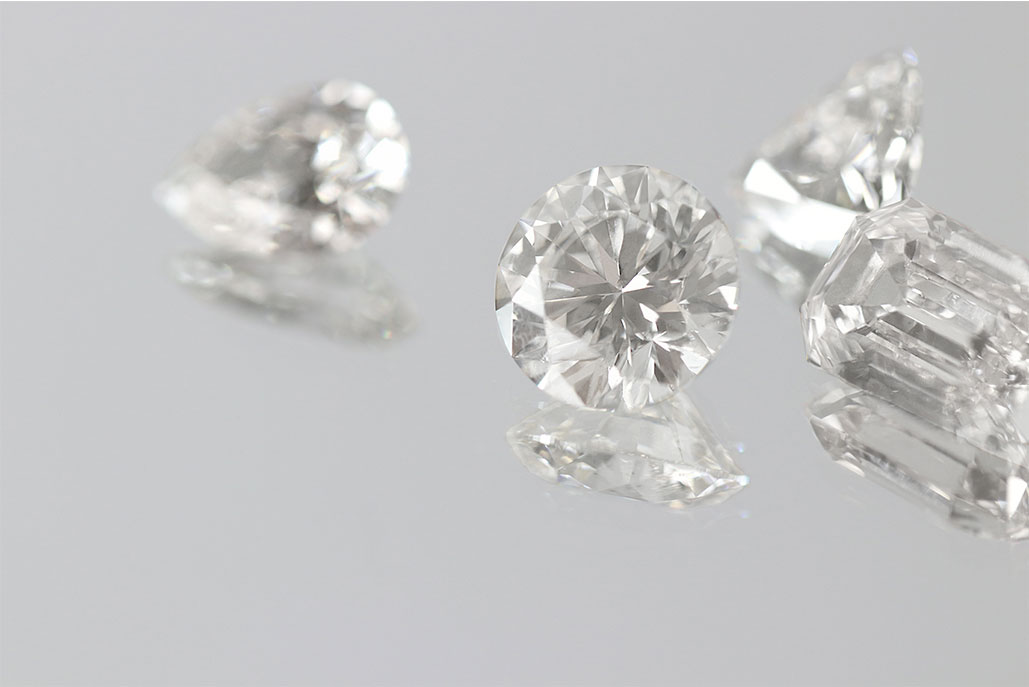
Our Diamonds: VRAI created
No matter the final carat weight, all of our diamonds sustainably grown by VRAI are cut to maximize beauty. For more information on the carat weight that’s right for you, we invite you to speak with a diamond specialist.